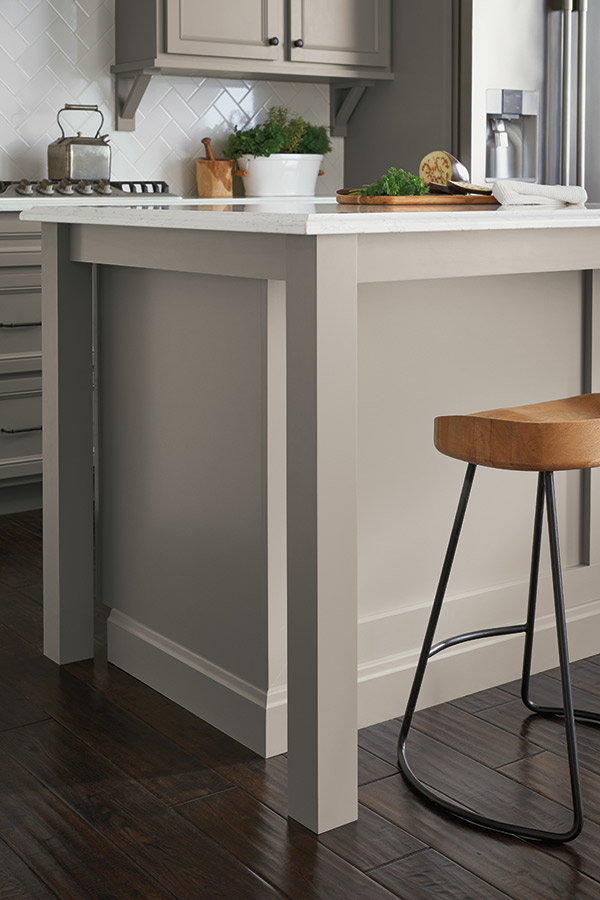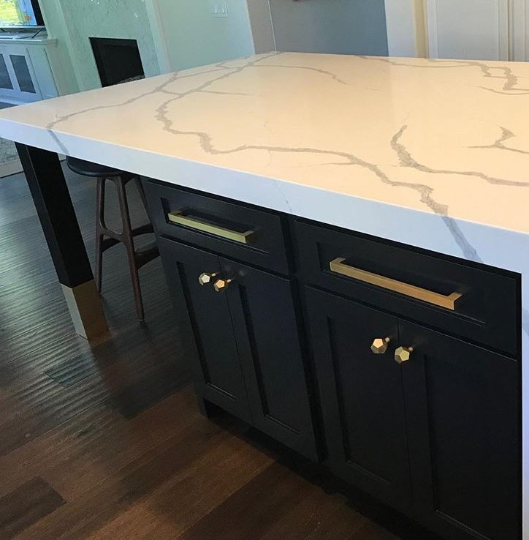Innovative and Stylish Styles in Modern Legs For Kitchen Island Solutions
Innovative and Stylish Styles in Modern Legs For Kitchen Island Solutions
Blog Article
Vital Elements to Think About When Selecting Legs For Cooking Area Island
Selecting the ideal legs for a cooking area island entails a cautious evaluation of multiple variables that can significantly affect both capability and aesthetic appeal. Amongst these, the option of material plays a crucial function in guaranteeing sturdiness, while the design must enhance the existing decoration. Considerations such as height and weight assistance are vital for stability and convenience. As we check out these elements, it comes to be clear that each choice can have significant effects for the general kitchen experience. What subtleties should be considered in each of these groups to achieve the optimal balance?
Material Options
When selecting legs for a cooking area island, understanding the different product alternatives is vital for attaining both aesthetic appeal and structural integrity (Legs For Kitchen Island). The choice of material dramatically influences not only the longevity of the island but likewise its general layout and capability
Steel legs, usually made from stainless steel or functioned iron, add a contemporary and industrial feeling while making sure toughness and security. These materials are resistant to put on and can sustain considerable weight, making them perfect for bigger islands.
An additional choice is engineered products, like MDF or plywood, which can be extra economical while still using a series of coatings. They may not provide the very same level of security as solid wood or metal. Legs For Kitchen Island. Lastly, products such as acrylic or glass can produce a modern look, though they might need additional support to ensure security.
Ultimately, the option of material for kitchen area island legs should line up with the desired performance and the overall style of the cooking area.
Design And Style

When considering design, the shape and surface of the legs are crucial. Tapered legs can supply a feeling of lightness and style, while thicker, much more durable legs can convey stamina and security. Additionally, the surface-- be it repainted, stained, or natural-- need to complement the cabinets and kitchen counter products to produce a unified appearance.
Moreover, the style of the legs can additionally reflect personal preference. Custom or attractive legs, such as those featuring elaborate makings or unique geometric shapes, can act as focal factors, adding character and personality to the kitchen area. Inevitably, the right option will certainly not only improve performance yet additionally boost the aesthetic appeal, making the kitchen island a standout function of the home.
Elevation Factors To Consider
Picking the proper height for kitchen island legs is crucial, as it straight affects both functionality and convenience. The typical elevation for a kitchen island generally varies from 36 to 42 inches, lining up with common counter top heights.

It is likewise vital to account for users' choices and heights. Tailoring the height can ensure a comfy experience for all member of the family, making the cooking area island a much more functional and satisfying space.
Weight Assistance
Ensuring appropriate weight assistance for kitchen area island legs is vital for both security and capability. The kitchen island usually serves several objectives, including food prep work, eating, and added storage space, demanding a robust support framework. When selecting legs, it is essential to take into consideration the general weight ability called for based upon the island's planned usage and the products that will be placed on it.
The choice of product for the legs plays a substantial duty in their weight-bearing abilities. Solid wood, steel, and durable compounds usually offer premium toughness compared to Recommended Site lighter materials. Additionally, the style of the legs-- whether they are directly, tapered, or have a pedestal type-- can affect their capacity to disperse weight efficiently across the structure.
Additionally, the leg positioning need to be purposefully intended to boost security. Legs placed at the corners or with a broader base can better support much heavier tons. Always speak with the producer's requirements concerning load limits to ensure that the legs can maintain the intended weight without endangering safety and security. In recap, choosing kitchen area island legs with ample weight assistance is crucial for developing a safe and functional cooking space.
Setup and Maintenance
Appropriate installment and maintenance of why not try here kitchen island legs are important for ensuring durability and stability. This usually involves protecting the legs to the island base utilizing ideal bolts, ensuring that the legs are level and lined up.
When mounted, normal upkeep is necessary to preserve the stability and appearance of the legs - Legs For Kitchen Island. For wooden legs, regular cleaning with a moist fabric and application of appropriate timber gloss can stop dampness damages and keep their coating. Steel legs might call for a mild cleansing option to get rid of oil and gunk, complied with by a completely dry fabric to stop corrosion formation
Furthermore, inspect the legs regularly for indicators of wear or damage, such as splits or loose joints. Tightening up screws or bolts as required can also prolong the life-span of the legs. By adhering to these installment and maintenance techniques, house owners can ensure that their kitchen area island continues to be durable and visually appealing for several years to find.
Verdict

Aesthetic coherence is extremely important in selecting the style and style of legs for a cooking area island, as these components greatly influence the general atmosphere of the area. Conical legs can supply a feeling of agility and elegance, while thicker, more robust legs can convey stamina and stability.Selecting the proper elevation for kitchen area island legs is critical, as it directly impacts both functionality and comfort. In summary, selecting kitchen island legs with adequate weight support is important for creating a safe and functional culinary room.
In verdict, picking legs for a cooking area island demands cautious consideration of various factors, consisting of product choices, style, height, weight support, and installment.
Report this page